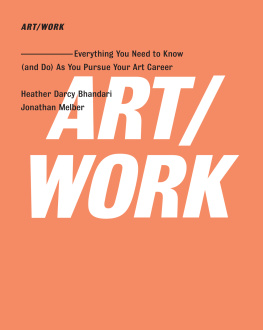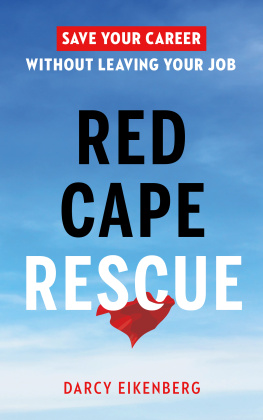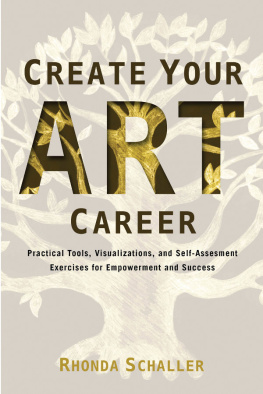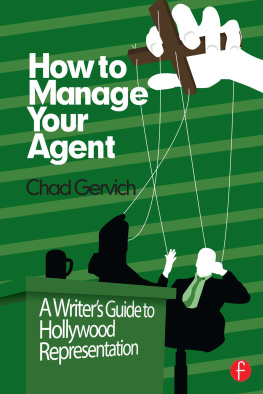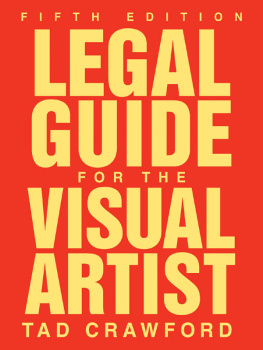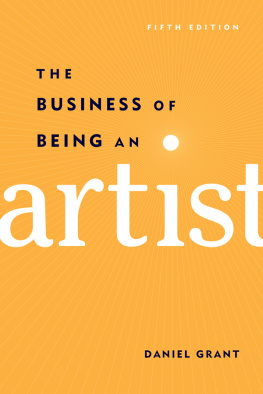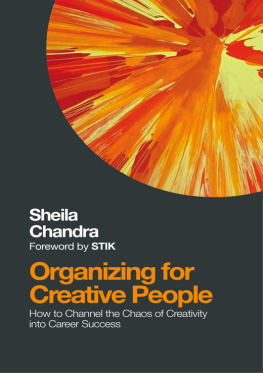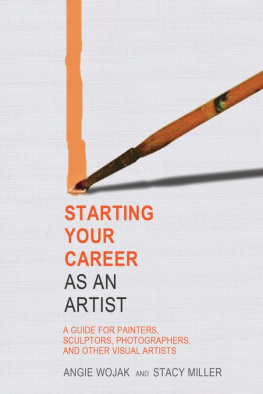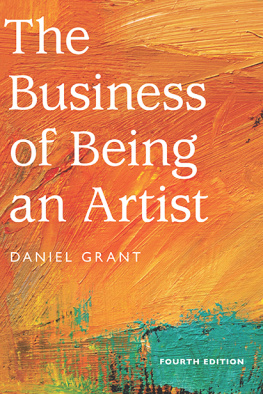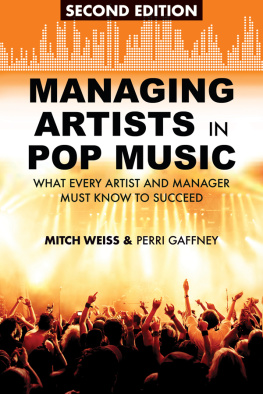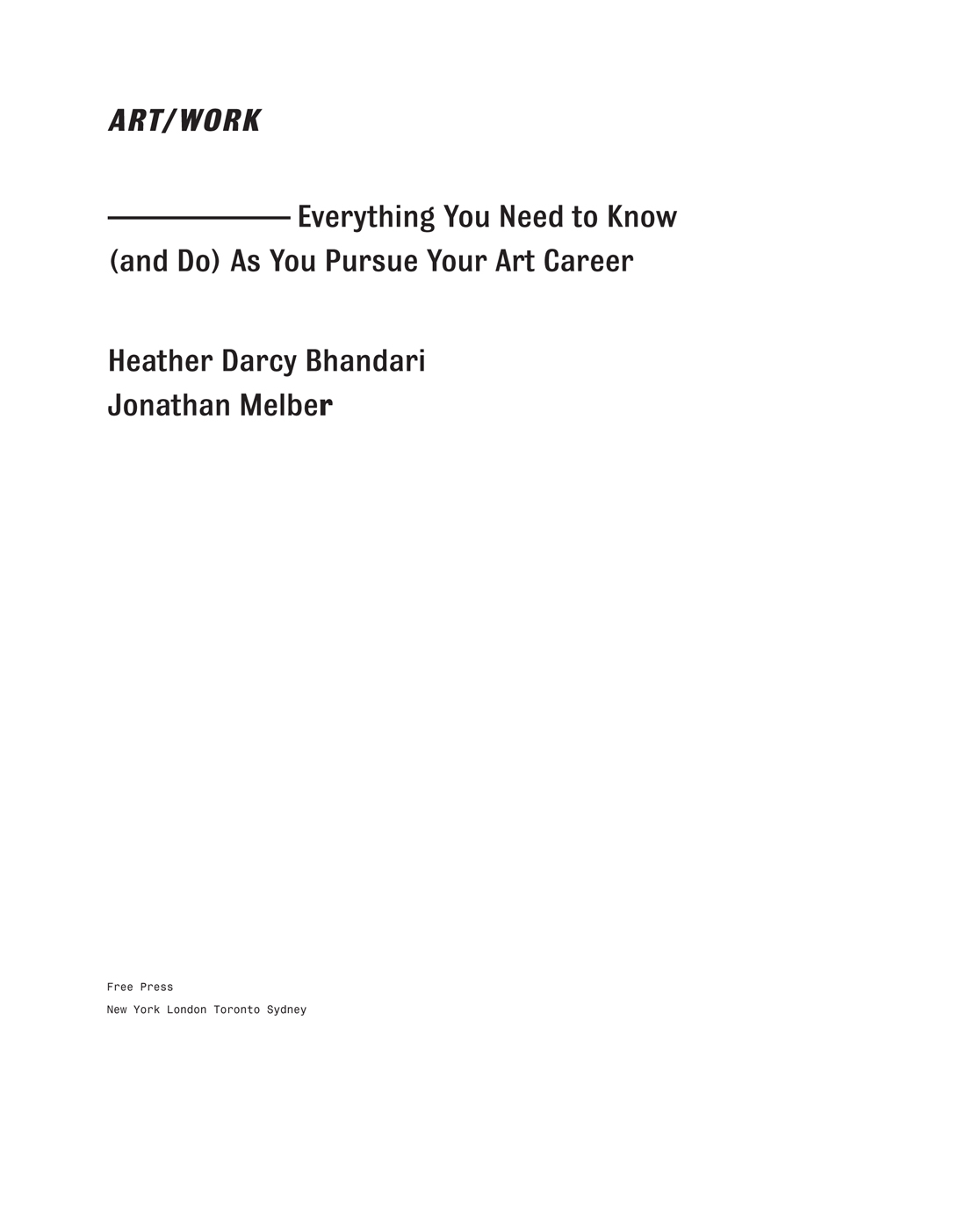Thank you for downloading this Free Press eBook.
Join our mailing list and get updates on new releases, deals, bonus content and other great books from Free Press and Simon & Schuster.
C LICK H ERE T O S IGN U P
or visit us online to sign up at
eBookNews.SimonandSchuster.com
NOTE TO READERS
This publication contains the opinions and ideas of its authors. It is intended to provide helpful and informative material on the subjects addressed in the publication. It is sold with the understanding that neither the authors nor publisher is engaged in rendering legal or any other kind of personal professional services in the book. The reader should consult his or her attorney or other competent professional before adopting any of the suggestions in this book or drawing inferences from it. The strategies outlined in this book may not be suitable for every individual, and are not guaranteed or warranted to produce any particular results.
The authors and publisher specifically disclaim all responsibility for any liability, loss or risk, personal or otherwise, which is incurred as a consequence, directly or indirectly, of the use and application of any of the contents of this book.
CONTENTS
To Linda and Kevin, Barbara and Dan, Marissa, Erin, Ari, and Rishi.
And to George Boorujy, a good friend, a great artist, and the inspiration for this book.
CHAPTER 1
The Big Picture
The art world is full of people who like saying there are no rules in the art world, which is only sort of true. Theres certainly nothing written in stone (theres barely anything written on paper). And sure, what you do in the studio is entirely up to you; there arent any rules about what you choose to make or how you make it. But there are general customs in the art world, and widespread expectations among arts professionals, which you should know before you head out of the studio and start meeting these people.
The customs have changed, too. It used to be a given, for example, that you would need many years of studio time before a gallery would look at your work. Today, galleries compete over the newest talent to come out of school, even trying to scoop up MFA students before theyve graduated. Thats not to say everyone is ready for a commercial gallery, by the way. Pressure to sell can stifle development, especially at the beginning of a career. But because theres a real possibility to sell work as an emerging artist, you have to confront issues, and understand how the art world works, in a way that emerging artists never had to before.
Of course, you dont have to follow custom or accept other peoples expectations. Were not prescribing a bunch of rules that you need to follow. If you want to buck the system, go right ahead. Do the wrong thing. Just do it on purpose, not by accident, and know why youre doing it.
Also, what worked for someone else may not work for you. You have to weigh the information and recommendations in this book according to your personality, your goals, your art. Aiming for a big New York gallery, for example, is very different from establishing a regional practice in a smaller city or trying to survive on direct sales from your studio. No priority is better or worseits your definition of success that matters and no one elsesand each one calls for a different approach.
Who are we to be telling you all this? One of us is a gallery director, the other an arts lawyer. Weve been close friends since the beginning of college. As is true of most arts professionals, we do what we do because we love art and we love artists. Weve both been in New York for a decade, and over the years a lot of our artist friends have asked us a lot of the same questionsabout career choices, business issues, and legal problems.
When you look at the history of art, you see a history of maverickspeople doing the wrong thing. I wish that I saw more artists doing the wrong thing. Thats really more in the spirit of art that I love.
Fred Tomaselli, artist, Brooklyn, N.Y.
After a while, something obvious (in hindsight) dawned on us. Unlike other creative professionals, artists dont have agents or managers to deal with these issues for them. They have to do it all themselves, at least until theyre very successful. Galleries are supposed to act like agents for their artists, but not all of them live up to that standard. And even the best ones still have to balance the needs of their artists with the desires of their collectorsa conflict of interest that simply doesnt exist for agents in other creative fields.
So we thought it would be useful to write a book that tells artists how to act as their own agents and managersa book that answers all those questions people keep asking us.
We knew that the only way to do these topics any justice was to find out what other arts professionals had to say about them. We interviewed nearly one hundred people across the countrygallerists, curators, accountants, lawyers, and, of course, artistsand spent the better part of a year synthesizing their opinions, and ours, into the book youre reading now. And because we also wanted you to hear these people in their own words, we have included quotes of theirs throughout the book. The quotes represent the most commonly heldand occasionally divergingviews in the art world.
I understand there are perceived, and real, power dynamics in the art world, but the artist is the critical center of all we do. In a larger sense, they are the driving force that will matter in historythere is nothing I can do without an artist. At the same time, in the immediate process, I dont feel any more or less important to what feels like a large organic system trying to achieve the same thing (in the best-case scenario). I know its complicated, but if you treat it that way, you can encourage real exchange that produces good shows and good work. Shamim Momin, director curator, LAND, Los Angeles, and former curator at the Whitney Museum of American Art, New York
Being a curator is using pattern recognition. You see one thing happening here and another thing happening there and you start to sense a new swelling wave of something going on. You build an exhibition around it to take a pulse of the current moment. For me, it is something pertinent or relevant that I want to pin down in a show. It could be a single artist or a group of artists. Its like throwing down the gauntlet and saying, This is important and we should pay attention to itwe should champion or recognize these artists. Michael Darling, curator, Seattle Art Museum, Seattle
QUICK TOUR OF THE ART WORLD
There are a lot of people in the art world who play crucial roles in how your art is made, shown, understood, sold, and remembered. First, there are all the people who can help you develop your art, your ideas, and your goals: other artists, your former professors, the directors and staff at residencies and foundations that support artists.
There are the framers, printers, fabricators, and other production people whose skills you may need to tap (or learn) to finish your work.
Curators choose the work for group and solo exhibitions. They usually have an academic background, with a masters or PhD in art history or curatorial studies. The ones on staff at museums or nonprofits are called institutional curators. Independent curators freelance, putting together their own exhibitions or collaborating with museums, galleries, nonprofits, and alternative spaces. There are also private curators who work for corporations or big collectors, maintaining and developing their collections.
The art world is full of invention and reinvention of personas. Invention and reinvention of roles as this beautiful model for the rest of the world. Thats where its great beauty is. Michael Joo, artist, Brooklyn, N.Y.
Next page
